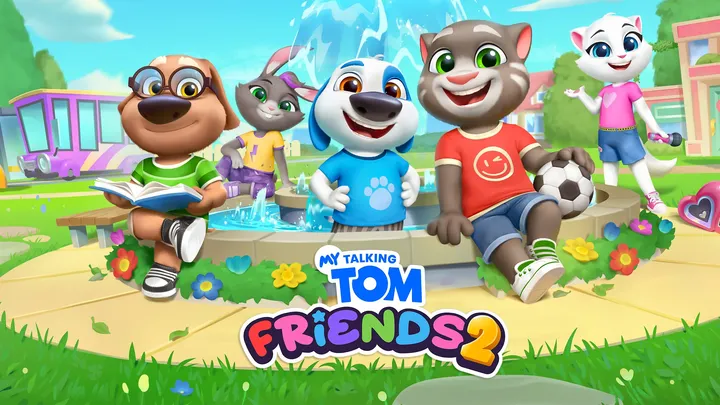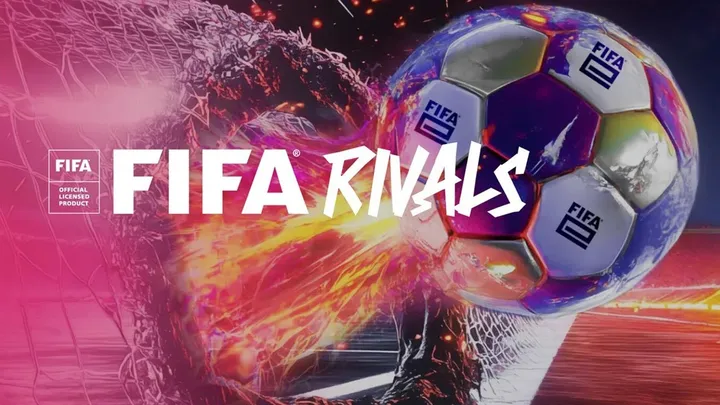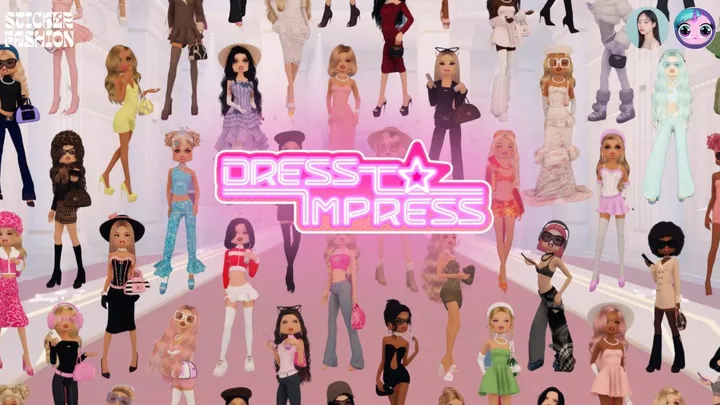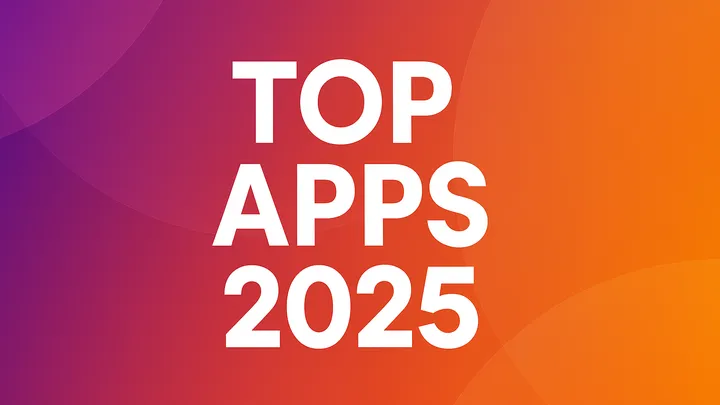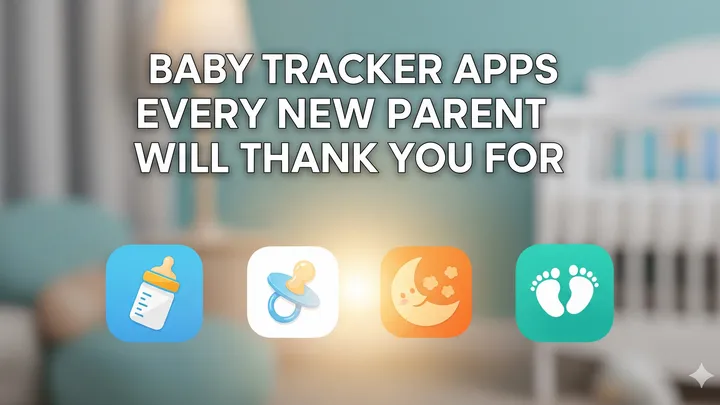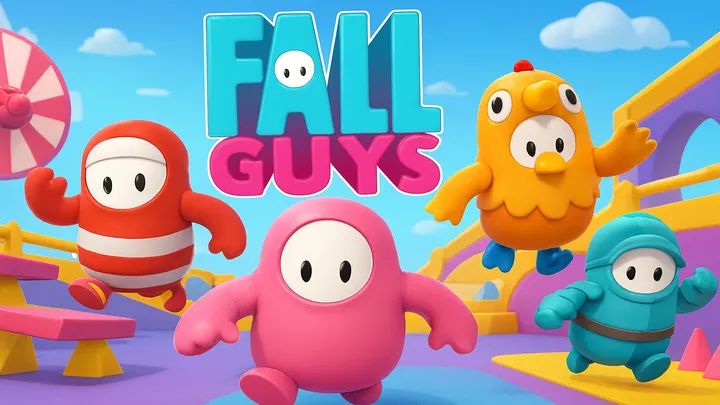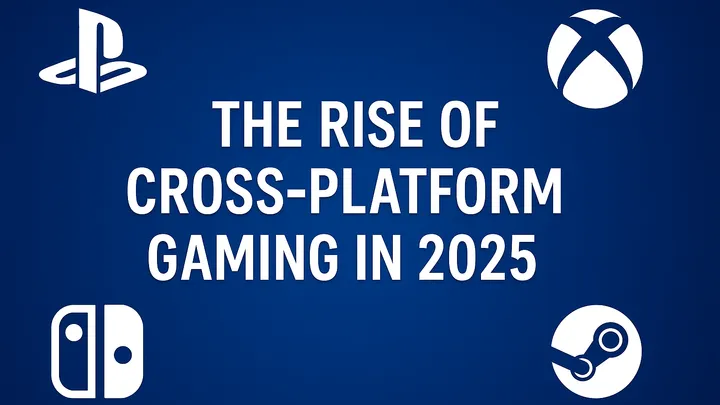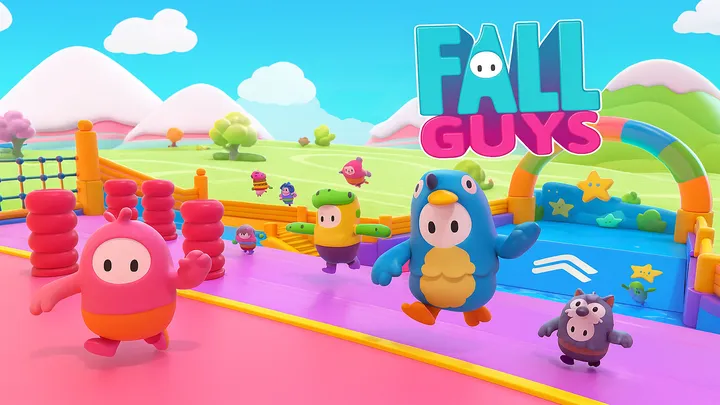Introduction
Gaming has always been about connection—whether it was kids huddled around an arcade machine in the 1980s, siblings sharing a controller on a console in the 1990s, or online lobbies connecting strangers across the globe in the 2000s. But for decades, one thing held players back: platform walls.
If your friend owned a PlayStation and you had an Xbox, you couldn’t play together. If someone preferred PC while another stuck with Switch, both were locked in separate ecosystems. These divisions limited gaming communities, fractured friend groups, and often forced players to purchase extra systems just to join the fun.
In 2025, those barriers are finally breaking down. Cross-platform gaming has gone from a niche experiment to a mainstream standard, transforming not only how people play, but how the entire industry operates. From technical breakthroughs and policy changes to cultural shifts and esports expansion, cross-platform play is one of the defining stories of gaming in 2025.
This feature dives deep into the rise of cross-platform gaming—how it happened, what’s driving it, the biggest examples today, and where it might go in the future.
1. A Short History of Cross-Play
Cross-platform gaming isn’t entirely new. Early experiments appeared in the mid-2000s with games like Final Fantasy XI, which connected PlayStation 2 and PC players. Microsoft’s Shadowrun (2007) even allowed cross-play between PC and Xbox 360, though it struggled with balancing issues.
For years, console manufacturers resisted full-scale cross-play, fearing it would undermine their hardware sales or complicate network management. Each company built its own walled garden: Xbox Live, PlayStation Network, Nintendo Online.
That began to change in the late 2010s, when games like Fortnite and Rocket League pushed the industry toward greater connectivity. Players demanded it, developers supported it, and eventually, even reluctant platform holders had to agree. By the early 2020s, cross-play was becoming more common—but not universal.
Now, in 2025, it’s no longer the exception. It’s the rule.
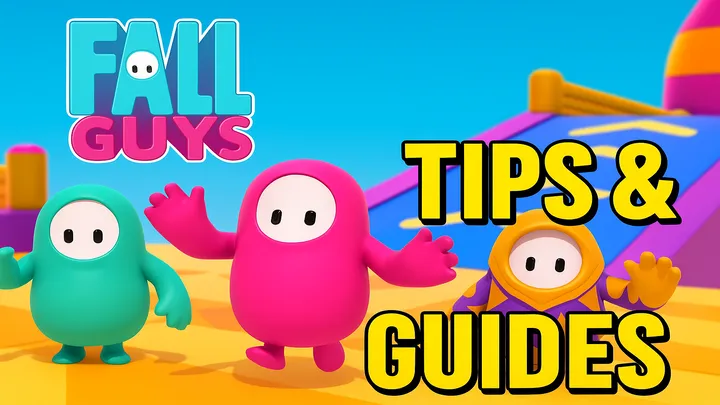
2. The Big Push in 2025
Several key factors in 2025 have propelled cross-platform gaming into the mainstream:
2.1 Unified Online Infrastructures
Microsoft, Sony, and Nintendo—historical rivals—finally agreed to standardized cross-platform protocols. Epic Online Services and Steamworks also provide back-end support, enabling developers to integrate matchmaking across multiple platforms with fewer complications.
2.2 Free-to-Play and Live Service Models
The popularity of live service games, which thrive on massive player pools, made cross-play a necessity. Developers realized that splitting players by platform hurt matchmaking and slowed community growth. By unifying players, games stay healthier and last longer.
2.3 Player Demand and Market Pressure
Gamers themselves were the loudest advocates. Communities flooded forums and social media, demanding cross-play. With competition fierce in the gaming industry, companies that resisted risked alienating audiences.
2.4 Esports Growth
Esports titles like Call of Duty, Apex Legends, and Valorant needed broader accessibility. Cross-platform compatibility widened tournament participation and audience reach, further pressuring publishers to comply.
3. The Biggest Cross-Play Games of 2025
While many games now support cross-play, some stand out as leaders.
3.1 Fortnite
The pioneer of modern cross-play, Fortnite continues to connect players across every platform imaginable—from consoles and PCs to mobile devices and even cloud services. Its ecosystem in 2025 is proof of what cross-play can achieve.
3.2 Call of Duty: Global Warfare
The 2025 Call of Duty entry launched with seamless cross-play at its core. Ranked matches now balance players using input type (controller vs. keyboard/mouse), ensuring fair competition across platforms.
3.3 Minecraft
Still one of the most beloved games in the world, Minecraft allows children and adults to build together no matter their device. Education editions also rely on cross-play for collaborative classrooms.
3.4 Fall Guys
In 2025, Fall Guys has expanded its cross-play support to community maps and ranked tournaments, allowing players from all systems to compete equally in custom modes.
3.5 Indie Hits
Cross-play is no longer limited to big-budget franchises. Indie developers now release games like Among Shadows and Skyward Drift with cross-platform play from launch, thanks to affordable tools.
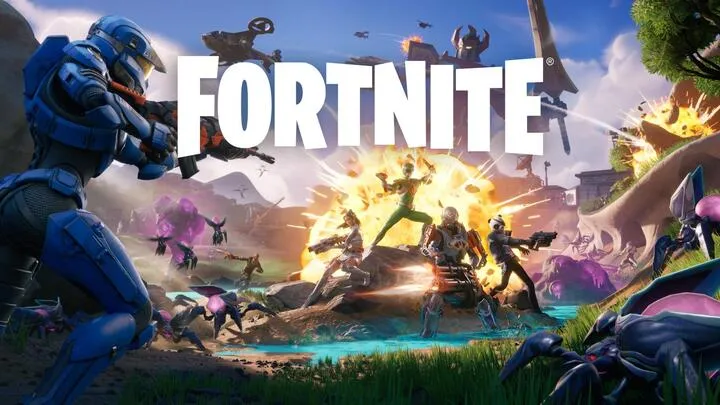
4. Technical Challenges Overcome
Cross-platform gaming sounds simple—connect players regardless of hardware—but it required massive technological effort.
Input Balancing
Keyboard/mouse players often had accuracy advantages over controller users. In 2025, most games now include customizable aim assist and optional input-based matchmaking to keep things fair.
Performance Discrepancies
Not all platforms can render at the same level. Developers have adopted scalable graphics and dynamic server-side optimizations, ensuring smoother cross-play experiences.
Account Linking
Services like Epic ID, Xbox Live accounts, and PlayStation IDs can now link under one umbrella. Players carry progress, cosmetics, and achievements across systems.
Anti-Cheat Measures
Cheating was a concern, especially with PC cross-play. Developers have adopted advanced AI-driven anti-cheat tools that monitor unusual input patterns across all platforms.
5. How Cross-Play Is Changing Culture
Cross-platform gaming isn’t just technical—it’s cultural.
Reuniting Friends
Gamers no longer need to argue over which console to buy. Families and friend groups with mixed devices can finally play together seamlessly.
Broadening Communities
Cross-play eliminates isolation. A Switch user can compete with an Xbox veteran and a PC newcomer, creating diverse and larger player communities.
Shifting Brand Loyalties
In the past, console wars were fierce. But in 2025, many gamers prioritize games over hardware. Companies now compete more on services, exclusives, and ecosystems than on isolating players.
6. Cross-Progression: A Game-Changer
Hand-in-hand with cross-play comes cross-progression. In 2025, most major games allow you to carry progress, unlocks, and purchases across platforms.
For example:
- A player might grind ranks on PlayStation at home, continue on their phone via cloud gaming, then switch to PC for competitive matches—all without losing progress.
- Skins, battle pass rewards, and achievements are tied to accounts rather than hardware.
This flexibility empowers gamers to play when and how they want.

7. Cross-Play in Esports and Competitive Gaming
The impact of cross-play in esports cannot be overstated.
- Wider Talent Pools: Players no longer need specific hardware to qualify for tournaments.
- Bigger Audiences: Fans can participate and spectate regardless of platform.
- Fair Play Rules: Tournaments often separate by input type, ensuring controller and keyboard players compete evenly.
Games like Apex Legends Global Series and Valorant Worlds have embraced cross-play esports formats, making competitions more accessible worldwide.
8. The Future of Cross-Platform Gaming
So, where does cross-platform gaming go from here?
Cloud Integration
With services like Xbox Cloud Gaming, GeForce NOW, and PlayStation Stream, hardware boundaries are becoming irrelevant. Cross-play will soon extend to pure cloud-based platforms, merging mobile, console, and PC even further.
Universal Game IDs
Industry insiders predict a future where one global gamer ID exists across all platforms, eliminating the need for separate accounts.
AI-Driven Matchmaking
Advanced algorithms will ensure fairer matches across diverse hardware setups, balancing latency, performance, and input differences automatically.
Education and Social Uses
Beyond entertainment, cross-platform play will expand into education and social apps, letting students, coworkers, and families engage in shared interactive environments.
9. Criticisms and Concerns
While cross-play is celebrated, not all issues are resolved.
- Toxicity Across Networks: Merging communities sometimes introduces new moderation challenges.
- Cheating Concerns: Despite stronger anti-cheat systems, some PC hacks still slip through.
- Economic Questions: Shared ecosystems complicate revenue distribution between platforms.
Still, most players agree the benefits far outweigh the drawbacks.
Conclusion
Cross-platform gaming in 2025 represents a revolution in how players connect. Once defined by console wars and walled-off communities, the gaming world is now more unified, inclusive, and flexible than ever before.
For the first time, the choice of platform doesn’t limit friendships or fragment player bases. Whether you’re on PlayStation, Xbox, Switch, PC, or cloud, the game comes first—and so does the community.
As technology evolves and companies collaborate further, cross-play may soon become not just a feature, but the foundation of modern gaming. In many ways, the dream of a truly universal gaming community has arrived. And in 2025, that dream is just getting started.




